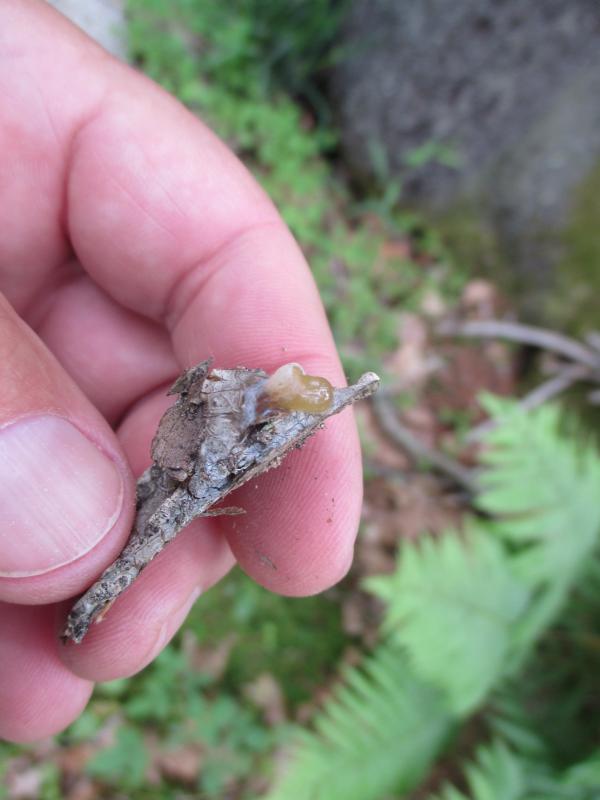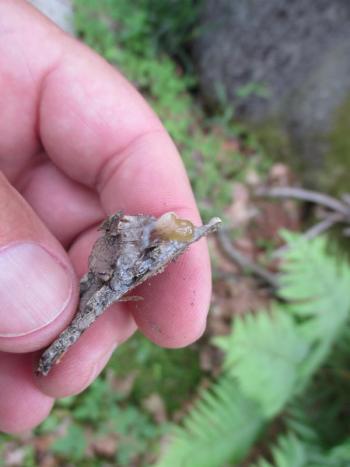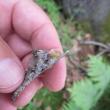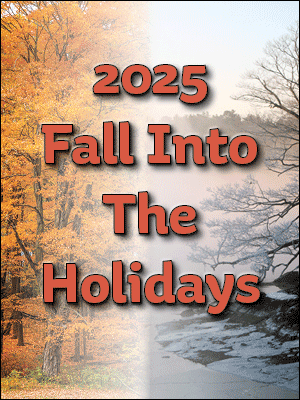Chew on this: spruce gum
Mainers are known for having an appetite for foods that others of a more refined pallet might call eccentric. In springtime these culinary delights include smoked alewives, fiddle heads, dandelion greens and, in bygone days, a treat called “spruce gum.”
Spruce gum as the name implies comes from the sap of any number of Northern Spruce trees. The most common in Northern New England are black and white spruce. The “gum” that forms comes when the tree is damaged, a limb is broken, cut or the tree falls prey to a woodpecker. The sap that oozes from the wound slowly hardens on the trunk, forming a crystallized gum. The gum is simply scraped from the bark and slowly chewed like chewing gum.
Long before “real” chewing gum came along, folks chewed spruce gum. It was hugely popular in the mid-1800s when one enterprising Mainers made a small fortune manufacturing and selling it.
A lot of folks have what you might call “bitter sweet” memories of spruce gum. Wiscasset native Blinn LeBourdais remembers back in the 1940s when he and his brother Russell hunted for it in woods behind their home on Lowelltown Road.
“We didn’t have any money to buy real bubble gum, so we use to chew spruce gum when we could find it. You had to look for a spruce tree were a limb had broken off and the sap had hardened,” he said. “You’d scrape off a hunk with a penknife and pop it in your mouth. It kind of took a while for it to soften up enough so you could chew it into a wad.
“How’d it taste? Well … it didn’t have no sweetness to it at all but that didn’t stop us kids from chewing it,” added LeBourdais.
Veteran woodsman and trapper Oscar Cronk described spruce gum as having a nice taste but kind of “woodsy.” Reached at his Wiscasset store, Cronk’s Outdoor Supplies on Route 27, Cronk said the late Walter Arnold of Gilford collected and sold spruce gum. Arnold, a legendary trapper, lived upcountry in Piscataquis County, he made a name for himself making animal scents and lures, a business he later sold to Cronk.
“Walter told me years ago that the best spruce gum could be found in a tree that had been struck by lighting,” said Cronk. “As I recall, he sold it back in the 1920s and ’30s to a man named Gerald Carr who lived in Portland. This fellow Carr made it into chewing gum that he sold to candy stores.
“Walter used to collect the gum after trapping season was over. In takes quite a bit of work to get enough of it to make into chewing gum to sell because you can only collect it after it’s hardened up.”
Cronk said the gum was often steamed down and rolled into sticks; although he’s never done that. Like LeBourdais, he’d simply break off a chunk or two and chew it.
The habit of chewing spruce gum originated with the Native Americans. A man named John Bacon Curtis of Bradford is credited with first commercializing spruce chewing gum. In 1848 Bradford made his first batch of “State of Maine Pure Spruce Gum” on a Franklin woodstove. He later traveled around New England selling his chewing gum and even had different flavors like, “Sugar Cream” and “Licorice Lulu.”
Curtis eventually opened a three-story factory in Portland that employed 200 people and made 1,800 boxes of chewing gum a day!
Spruce gum picking soon grew into a small industry in Northern New England and Canada. Gathers or “pickers” would take to the woods in the early spring, summer or fall to search for and collect hardened spruce sap from the larger trees.
They’d chip off the hardened or semi-hardened sap and separate it. The clearer pieces were more sought after than darker “bark gum” that had more impurities. The best grades fetched about $5 a pound compared to about 25 cents a pound for the lesser grades. The commercial season for collecting it generally ran from about late September to June, although it can be found year-round.
Raw gum was put in a strainer and steamed down to remove bits of bark and so forth then poured into a mold. After it solidified, it was cut into smaller pieces, wrapped in wax paper and sold like penny candy. The industry died out after manufacturers began using sweetened paraffin and imported chicle to make what just about everybody agreed was better tasting chewing gum.
One taste of spruce gum was all it took for Bill Sutter of Federal Street to know it wasn’t for him. “I prefer spearmint,” he laughed.
Spruce gum isn’t so easy to find today, although some people still collect it and make it into chewing gum. L.L. Bean in Freeport sold packaged spruce gum until about 1984.
Event Date
Address
United States
































